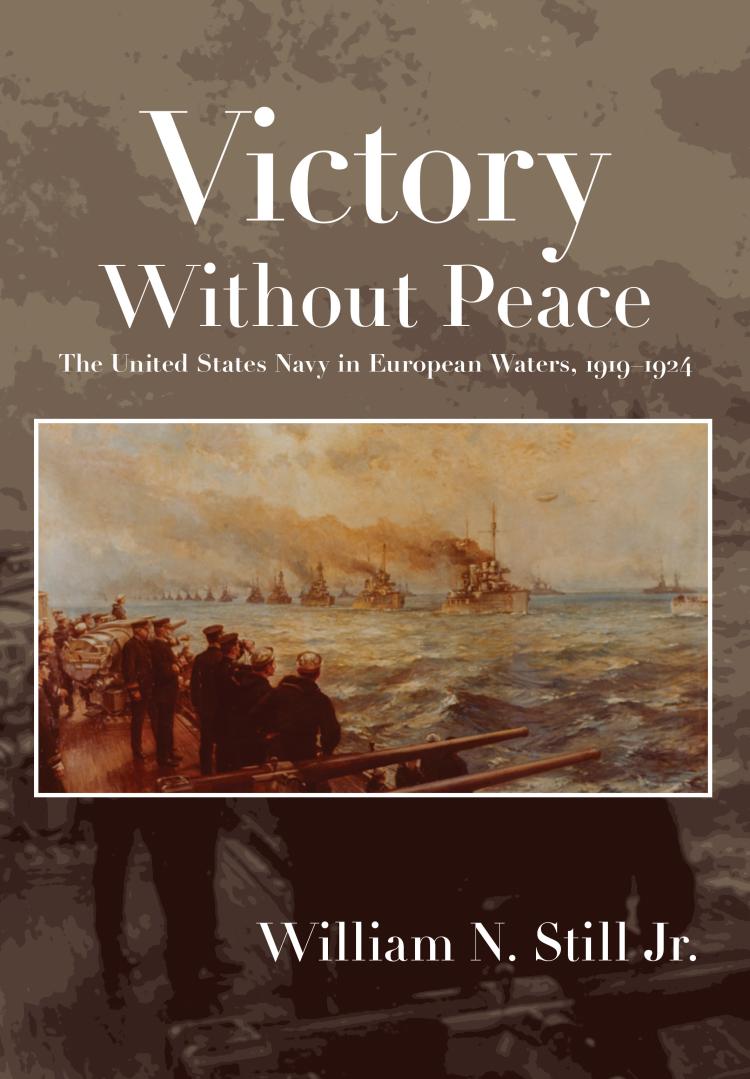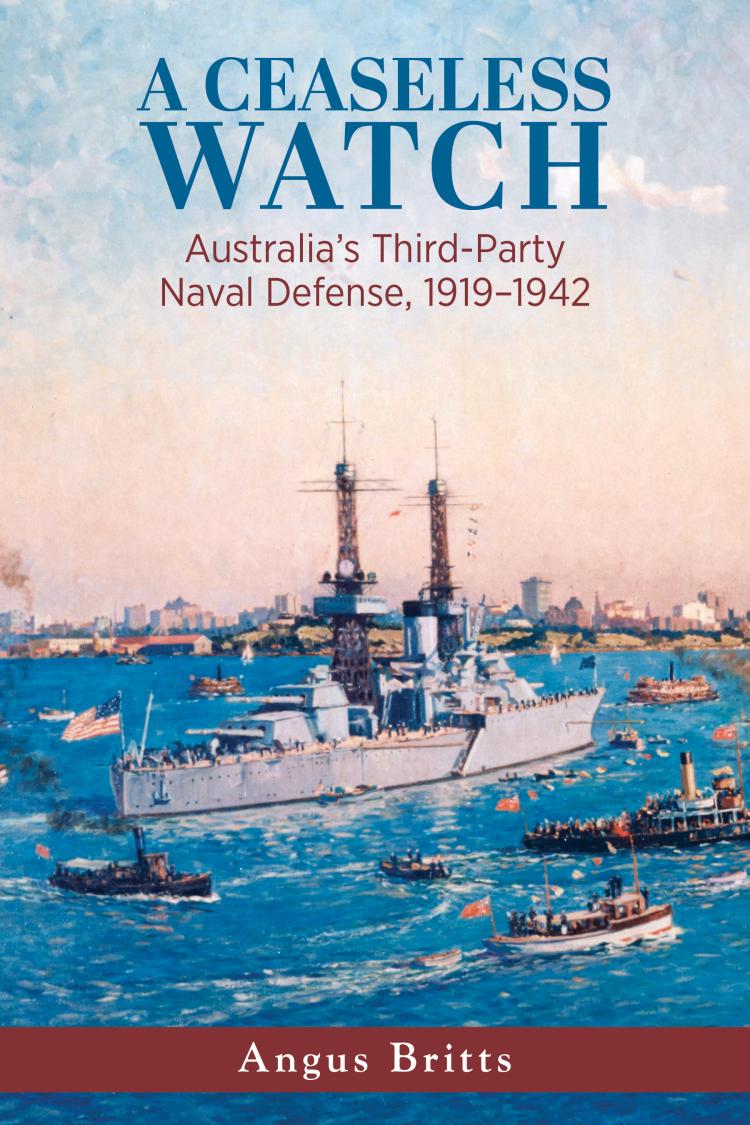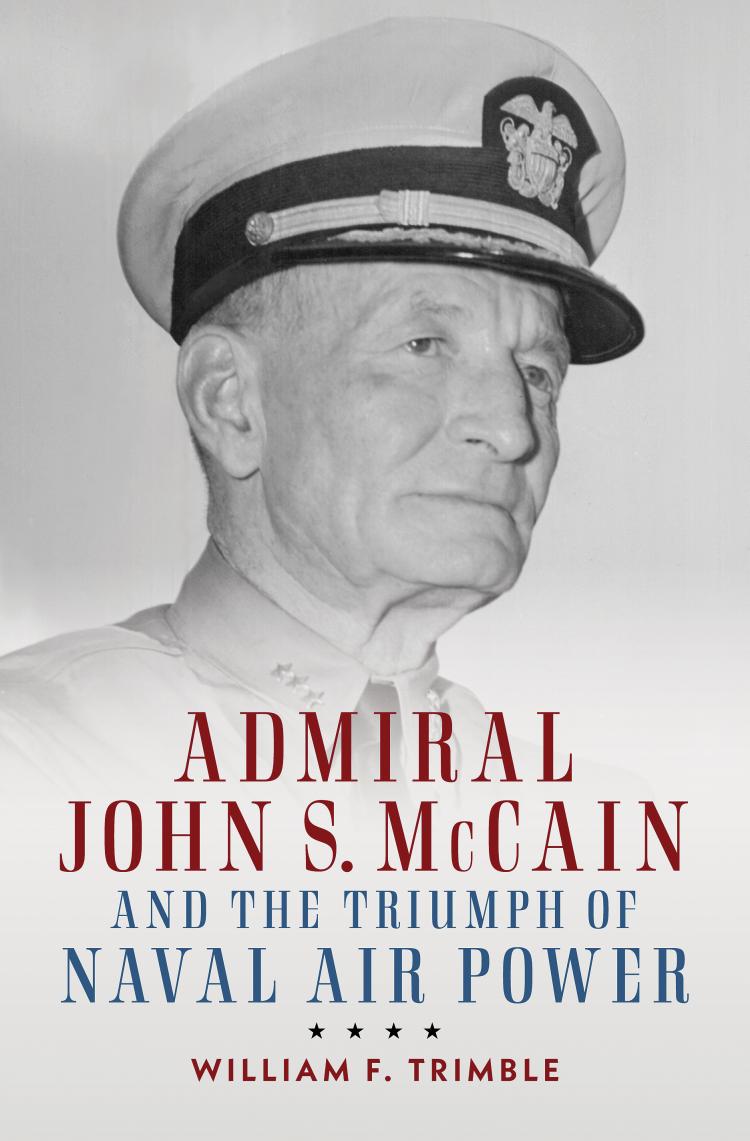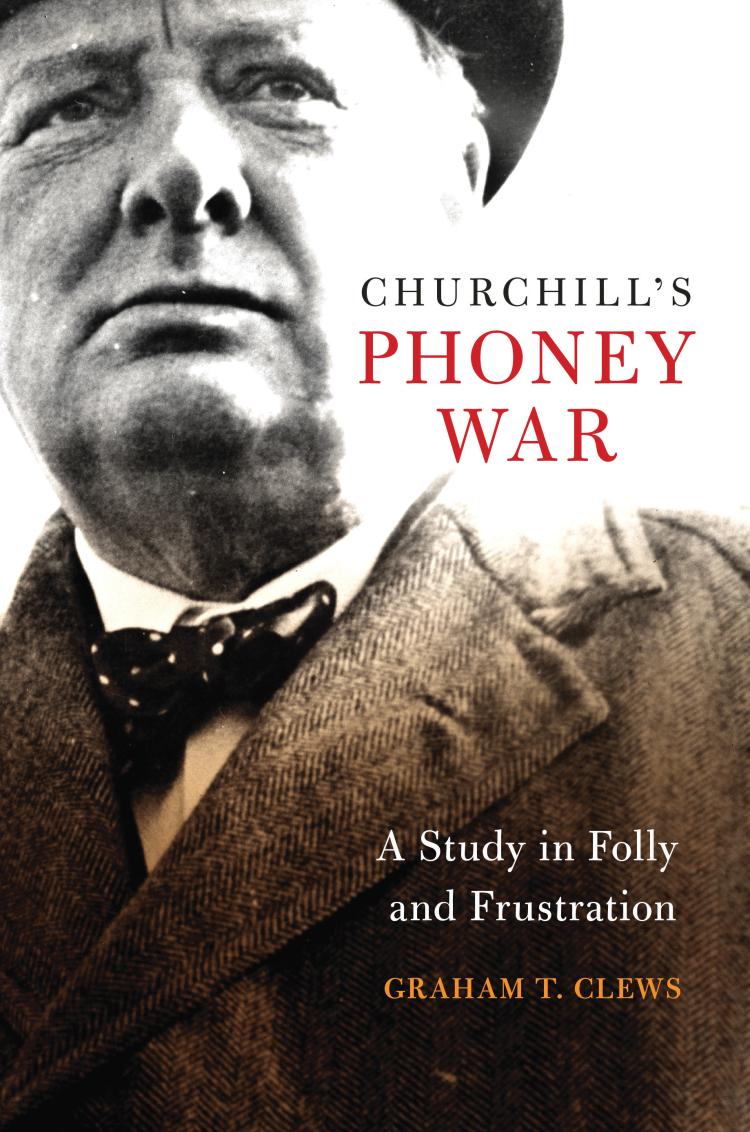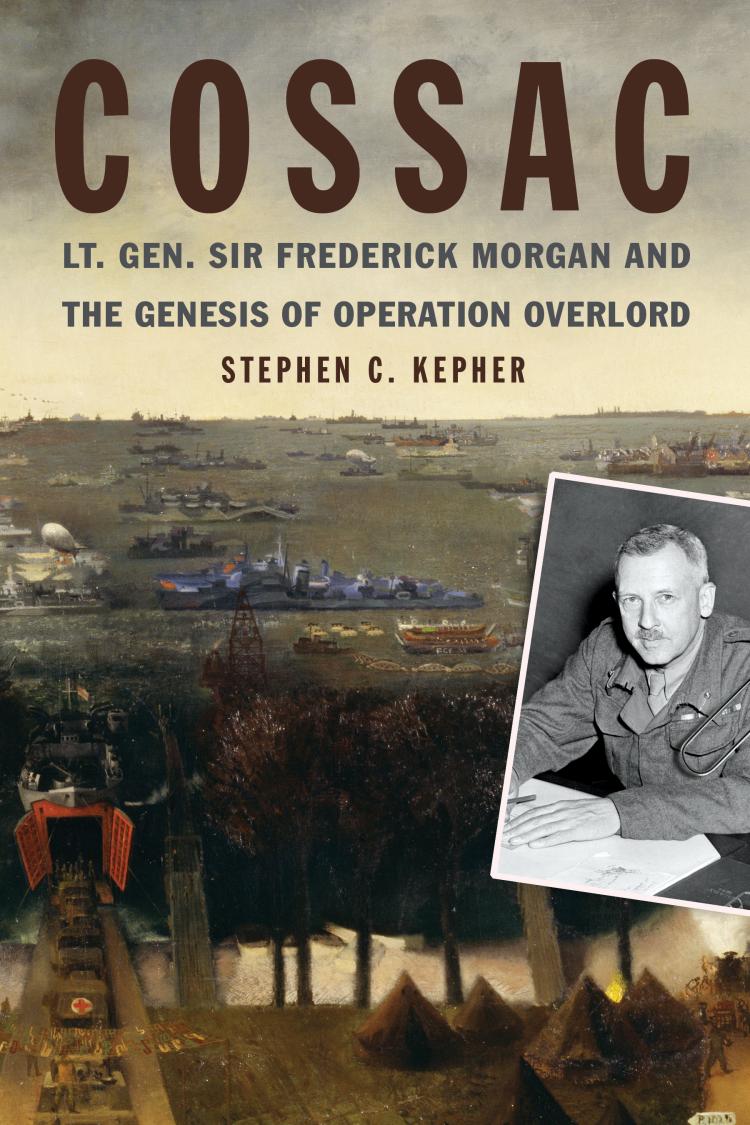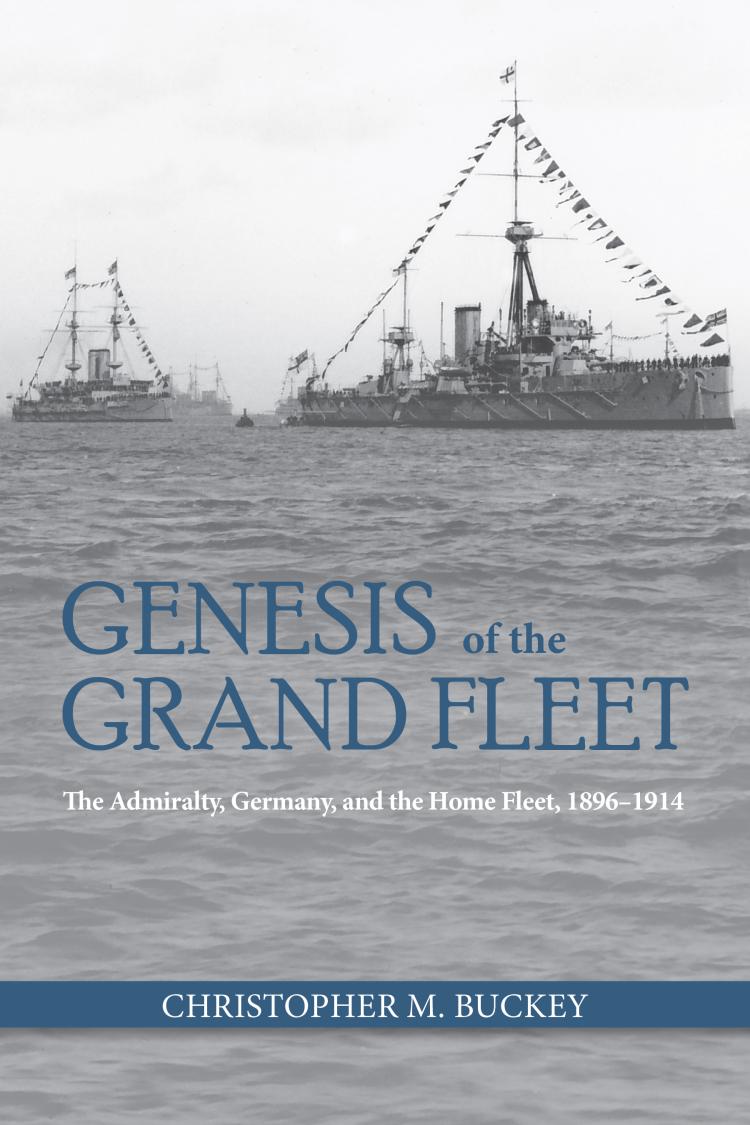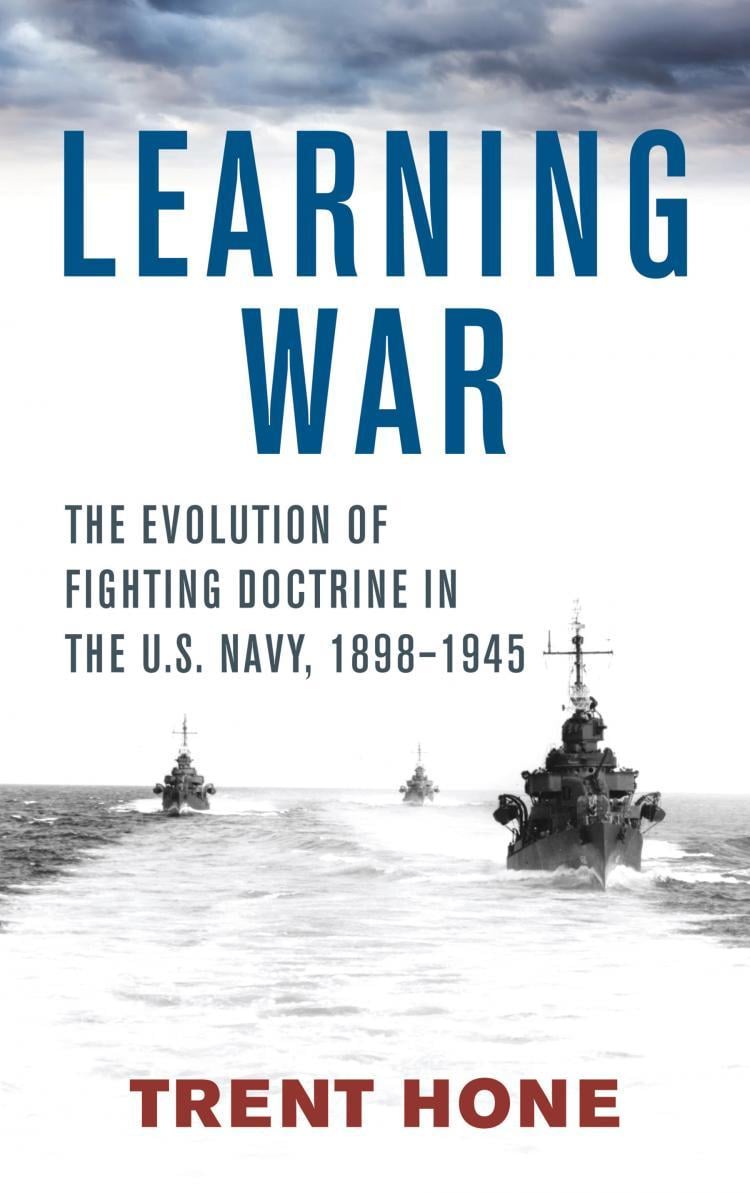Victory Without Peace
- Subject: General Military & Naval History | U.S. Navy | Clear the Decks 70% OFF
- Format:
Hardcover
- Pages:
392pages
- Published:
November 15, 2018
- ISBN-10:
1682470148
- ISBN-13:
9781682470145
- Product Dimensions:
9.25 × 6.125 × 1 in
- Product Weight:
20 oz
Overview
Conversely, Congressional appropriations handicapped this deployment by demobilization, general naval policy and postwar personnel, and operating funds reductions. Though reluctant to allocate postwar assets into seemingly unimportant European and Near Eastern waters, the Navy was pressured by the State Department and the American Relief Administration’s leader, Herbert Hoover, to deploy necessary forces. Most of these were withdrawn by 1924 and the European Station assumed the traditional policy of showing the flag.
About the Author
Editorial Reviews
“This is an good book that describes an era of naval history that still affects us in many different ways today but which has received surprisingly little attention from historians. It reminds us that armed conflict is only one element of the much wider naval mission and if we are to be on top of our game we must understand every aspect of sea power. I thoroughly recommend it.” —The Australian Military Institute
“This very detailed book describes the naval activities that arose from America’s responsibility for executing the naval terms of the Armistice. It shows clearly how those activities were constrained by the parsimony of Congress but how they were generally very effectively completed nevertheless.” —Workboat World
“[A] masterly and absorbing telling of the US Navy operating in the European seas for close on 60 years.” —Warships: International Fleet Review
After Armistice Day in 1918, though most of the U.S. Navy's warships went home, others remained in European waters and engaged in a variety of missions in the Baltic, the Adriatic, the Black Sea, and elsewhere. William N. Still rescues this too often overlooked story in the final volume of his important trilogy on the U.S. Navy in the era of the Great War. In doing so, he also illuminates the broader issues of demobilization, humanitarian aid, and American foreign policy. --Craig L. Symonds, The Ernest J. King Professor of Naval History, U.S. Naval War College and author of World War II at Sea: A Global History
"I highly recommend this outstanding account of the U.S. Navy's diplomatic and peacekeeping operations in northern European waters and the Near East during the immediate post World War I era. William Still skillfully relates how the U.S. Navy's European commanders protected American citizens and property and assisted refugees in the Baltic, Adriatic, Black, and Aegean Seas, and particularly at Smyrna, during the 1920s." —William S. Dudley, Ph.D., Director of Naval History, 1995-2004
"Victory without Peace concludes Bill Still's majestic trilogy analysing the ebb and flow of American naval activity in European waters from 1867 to inter-war isolationism, as the nation grappled with the realities of becoming a great power, using naval presence to support diplomacy, economic growth and humanitarian missions. While the First World war ended in 1918 the naval effort endured, across a broken continent of collapsed regimes and displaced people, reminding us that armed conflict is only one element of the wider naval mission." —Andrew Lambert, author 21st Century Corbett, Laughton Professor Naval History, Kings College, London
“The end of World War I began a period of demobilization for U.S. forces, but the Navy remained heavily engaged in post-war activity for another six years in Europe. The author describes in this hefty volume the operations and diplomacy of the naval units in the Barents, Baltic, Adriatic, Aegean and Black Seas, where ships were engaged in treaty protection of U.S. citizens, providing support for Herbert Hoover’s American Relief Administration in rushing aid to Europe, including Russia and Turkey, where Armenians were evacuated. The ships also supported in combat a coalition intervening in the Russian Civil War. The period set a precedent for the U.S. Navy in humanitarian relief operations and showed the value of forward presence.” —Seapower
“Victory is an essential work and a valuable contribution to understanding the American Navy as it enters the years of the great international naval conferences, limiting tonnages and kinds of warships, and the Kellogg-Briand pact to ‘outlaw’ war as a means of settling political disputes.” — Naval Historical Foundation
“This often-overlooked period of United States naval operations is best described as magisterial. It is a comprehensive, deeply researched, brilliantly expounded, and lucidly presented story whose resonance with the Navy’s missions in the early twenty-first century is unmistakable. Victory Without Peace is a fitting conclusion to Still’s trilogy.” —Nautical Research Journal
“Impressive.” —The Northern Mariner / Le marin du nord
“After World War I, the U.S. Navy helped ensure compliance with the peace treaty. This excellent book covers activities in European and Middle Eastern waters from 1919 to 1924. It also discusses non-military relief work and U.S. involvement in Russia after the Russian Revolution.” —The Ensign
“Still's book provides much needed and meticulously documented insight into this oft-overlooked area of interwar history.” —U.S. Military History Review
“This large format, impressively researched book recounts the operations of the USN in and around Europe in the years immediately after the First World War, a time when both the force and the country it served were attempting to come to terms with the new status of ‘world power’.” —Warship
“An informative read to those unfamiliar with the USN’s continued role in European waters after the conclusion of the First World War. Moreover, Victory Without Peace is a notable study in the utility of navies in peacetime more generally, and the continued importance of sea power in international relations in this period.” —European History Quarterly
“Still has completed a magisterial work on American Naval Presence in Europe spanning fifty-nine years…. This book should be considered a standard reference for all who have an interest in the role of the United States Navy in European waters during this period. William demonstrates the level of scholarship that all naval and maritime historians should strive to achieve.” —Sea History
“This is a history thoroughly researched employing both domestic and foreign archival and secondary sources. Accompanied by a fine selection of photographs of the principal officers discussed, the conclusions reached are always balanced. This is a fine addition to the U. S. Naval Institute’s Studies in Naval History and Sea Power and the work is highly recommended to those attuned to the period, or to those simply desiring to know more about the Navy in the aftermath of the First World War. Most especially, it is recommended to those professionals who weigh force drawdowns in the aftermath of hostilities for as Still reminds us, ‘The peacetime Navy is rarely at peace.’ All who read Victory Without Peace will be amply rewarded.” —International Journal of Naval History




